Hosta ‘Wide Brim’
Plantain Lily
£10.95
Plantain Lilies are deciduous herbaceous perennials and unrivalled stalwarts of the woodland garden. They generally conform to the same growth habit yet even the subtlest variations in colour or texture make them eminently collectable. Most varieties are best left to establish for a few years after planting to reach their full potential and character and given protection against slugs and snails.
Hosta ‘Wide Brim’ is a long-established and popular cultivar with beautifully puckered deep-green leaves, irregularly edged creamy-white that will grow vigorously into a wide spreading clump. Lavender flowers are borne in summer.
FREE DELIVERY FOR ONLINE ORDERS*
*(parcel orders over £60.00 and pallet deliveries over £350.00)
Order today for shipping on Monday 29th July.
Plant Biography
Hosta ‘Wide Brim’ belongs to the Hosta genus within the family Asparagaceae. This genus encompasses over 70 species, primarily native to Northeast Asia, notably China, Korea, and Japan.
Hostas have been cultivated for centuries for their ornamental foliage but were originally grown for their edible shoots prior to gaining popularity for their diverse leaf shapes, colours, and textures. Many modern cultivars underwent selective breeding to enhance desired traits such as its rich green foliage and vigorous growth, contributing to their distinctiveness in the realm of garden plants.
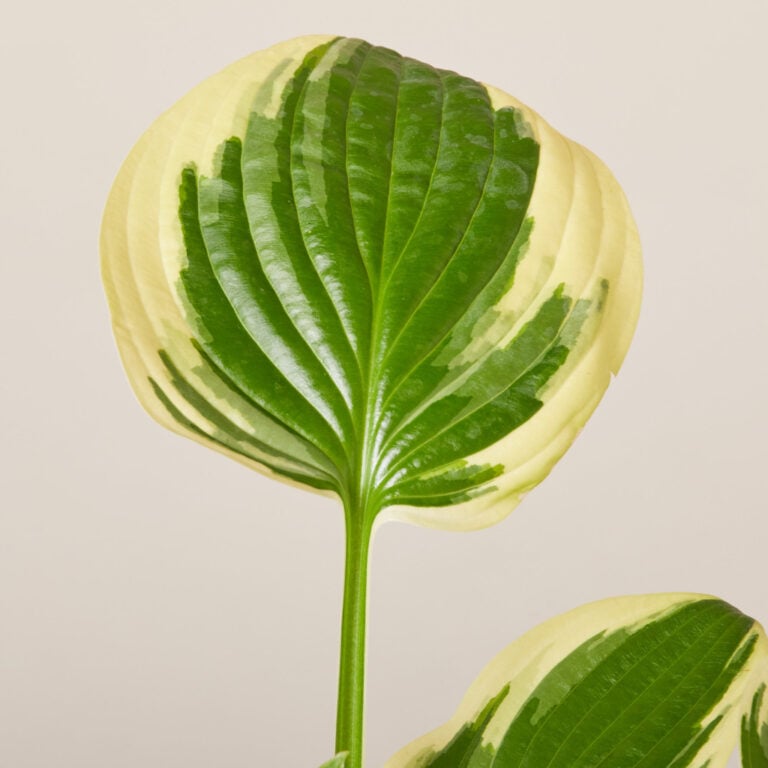
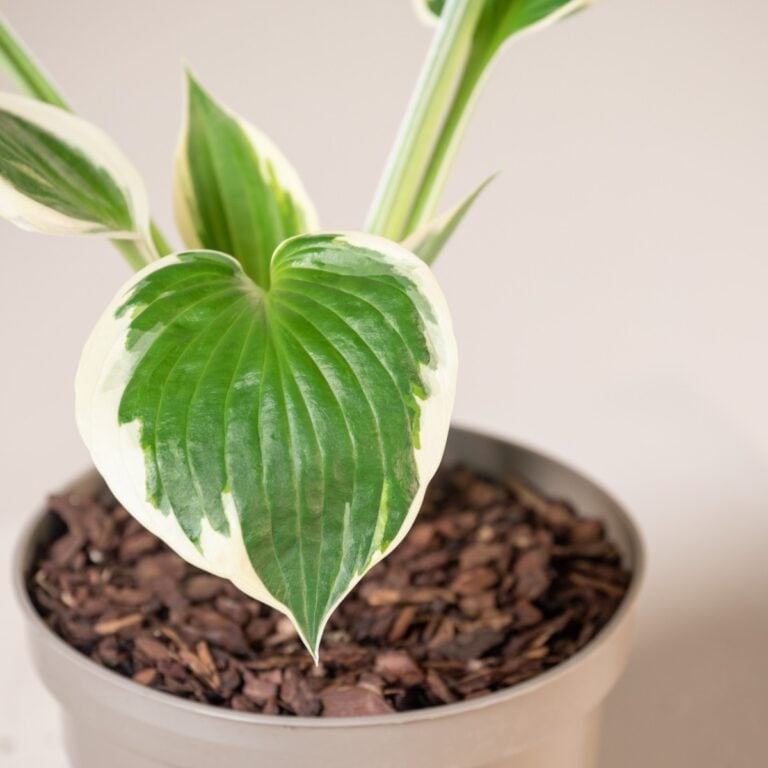
Planting Hostas
Hostas thrive in well-draining, rich soil which has a slightly acidic to neutral pH (around 6.0 to 7.5). Before planting, amend the soil with organic matter such as compost or aged manure to improve its texture and fertility. Work the amendments into the soil to a depth of about 30cm.
If the roots are tightly bound, gently tease them apart to encourage outward growth. Place the plant in the centre of the planting hole, ensuring that it is positioned at the same depth as it was in the container. Backfill with compost and keep the soil consistently moist but not waterlogged while it is getting established.
Apply a layer of organic mulch, such as shredded bark or compost, around the base of the Hosta plant to help retain soil moisture and suppress weed growth. Keep the mulch a few inches away from the stem to prevent rot and fungal diseases.
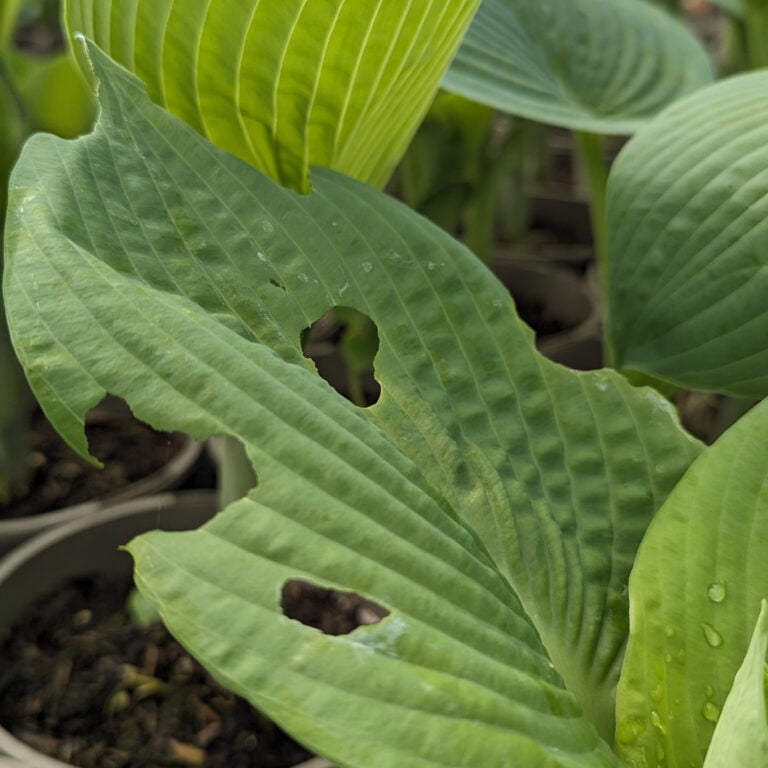
A slug magnet
Hostas are a magnet for slugs and often fall victim to them, creating a challenging relationship for gardeners. Slugs are voracious nocturnal feeders (insert Hosta vampire reference here!) that can cause significant damage to Hostas, particularly by consuming their tender leaves.
Hosta plants are particularly attractive to slugs due to their succulent leaves and the moist, shady environments they often grow in. They can consume significant portions of the foliage, compromising the plant’s ability to photosynthesise and ultimately weakening it.
Gardeners often employ various strategies to control slug populations and protect their Hosta plants. These may include physical barriers such as copper tape or diatomaceous earth, which create obstacles that slugs are reluctant to cross. A more recent
![HWB_619944a088565[1]](https://palmcentre.co.uk/wp-content/uploads/2024/04/HWB_619944a0885651.jpg)
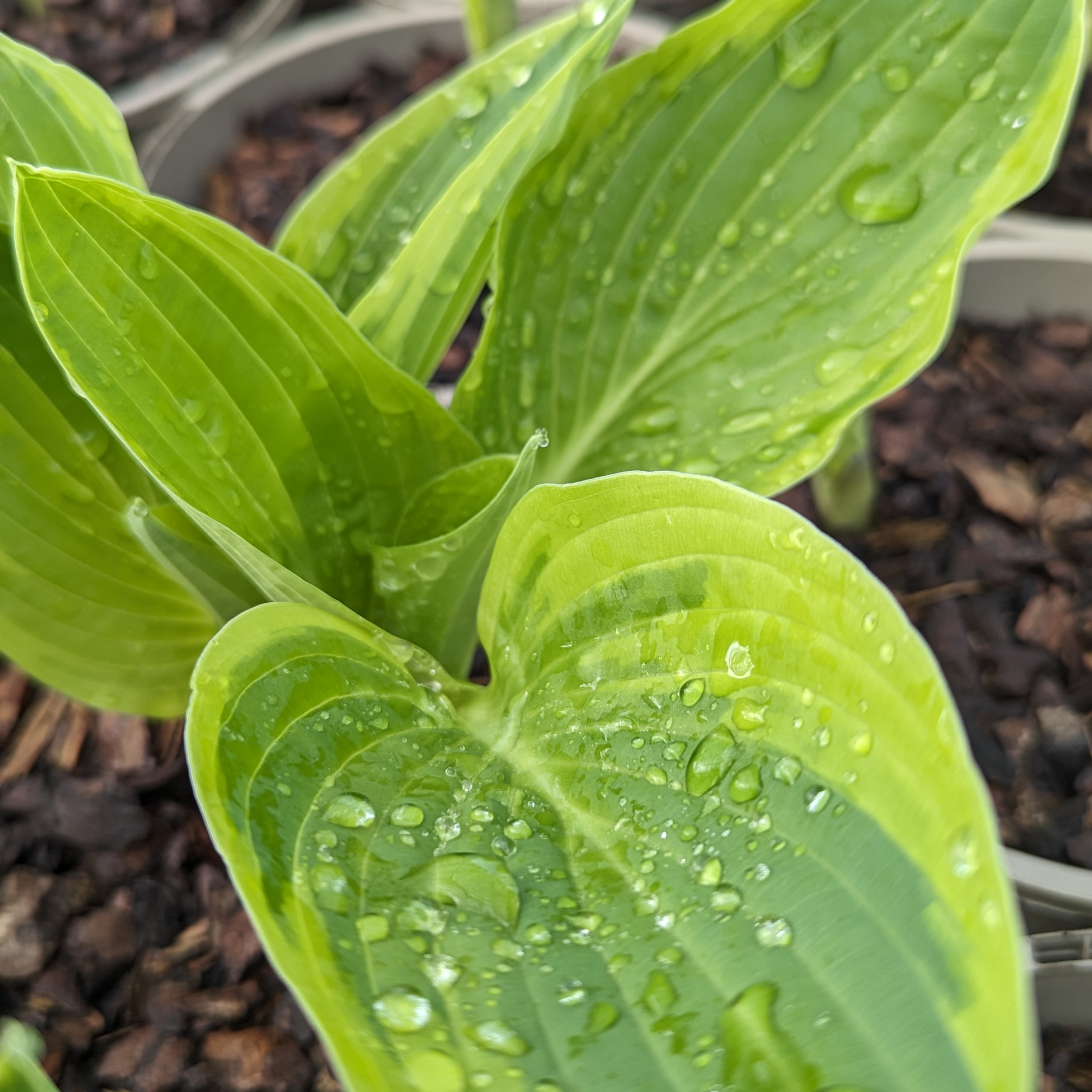
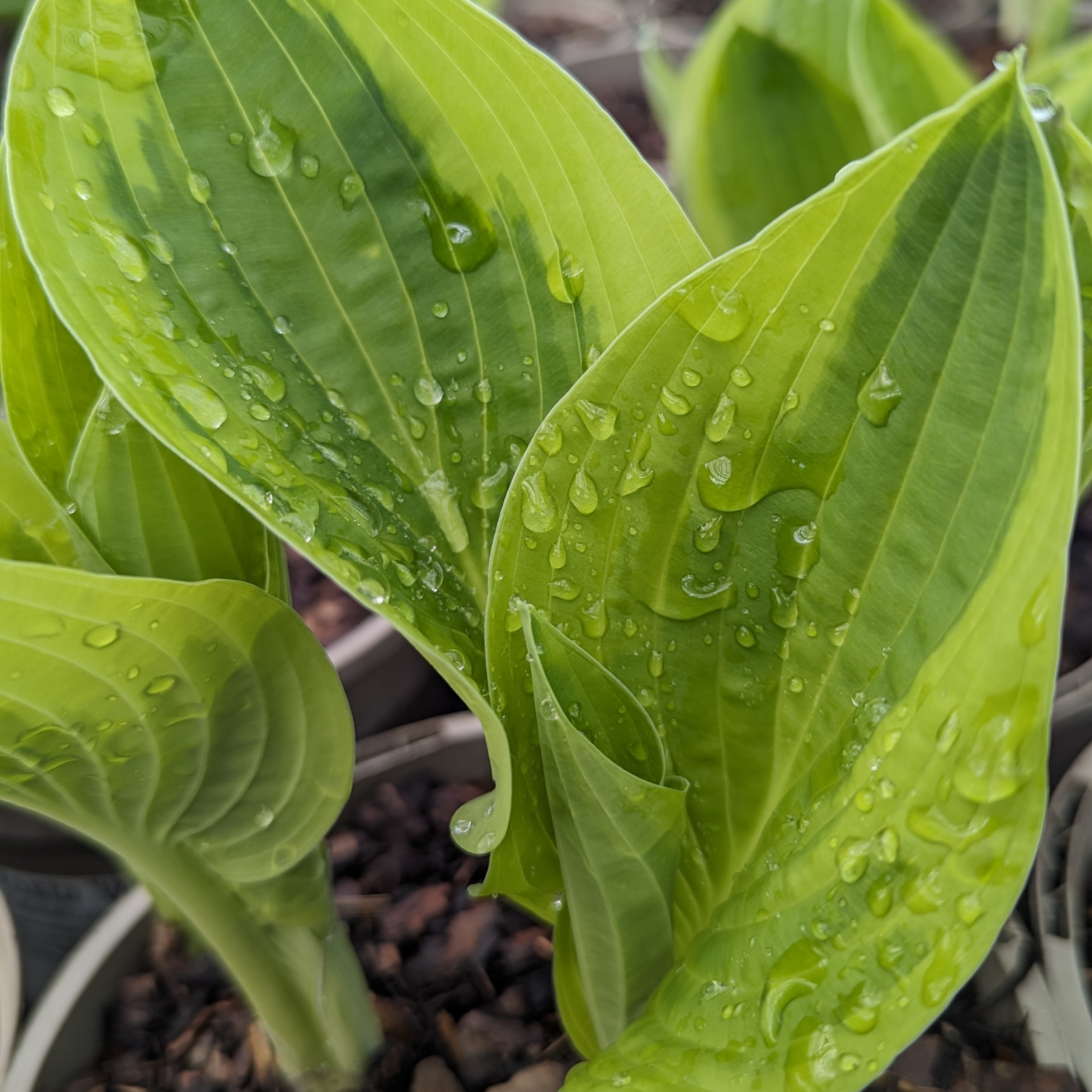
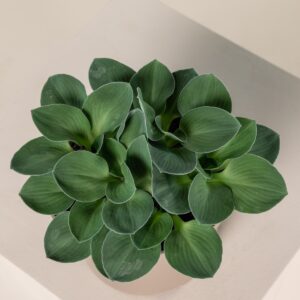
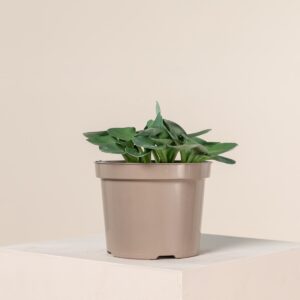
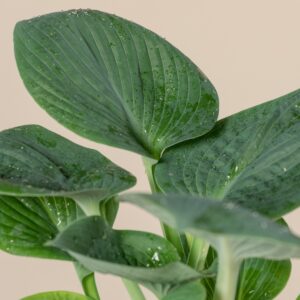
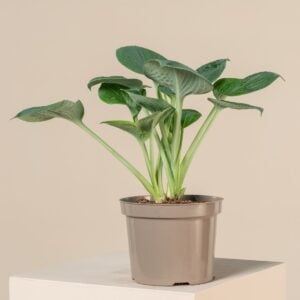
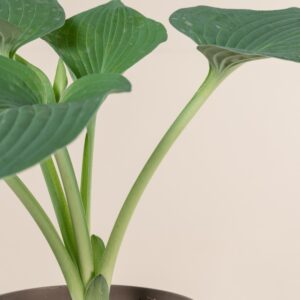
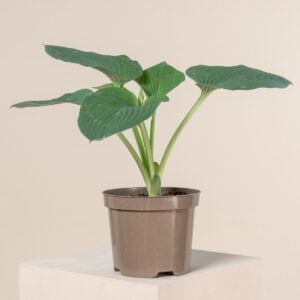
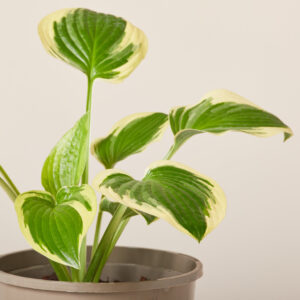
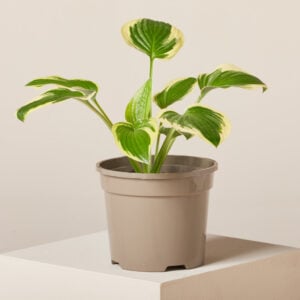
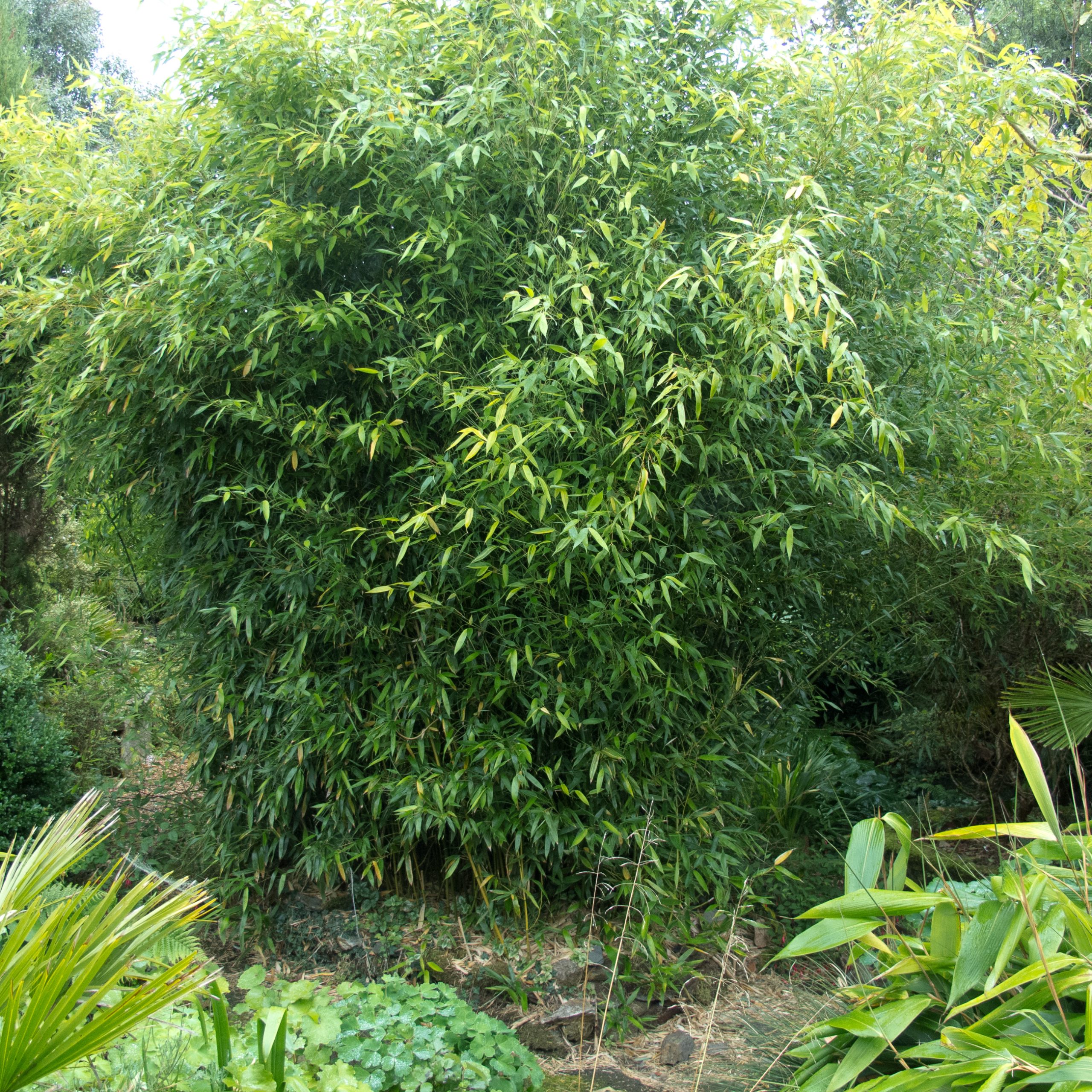

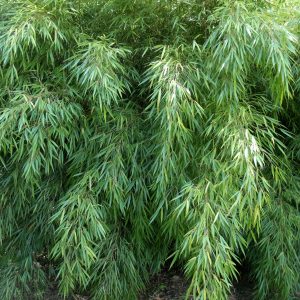

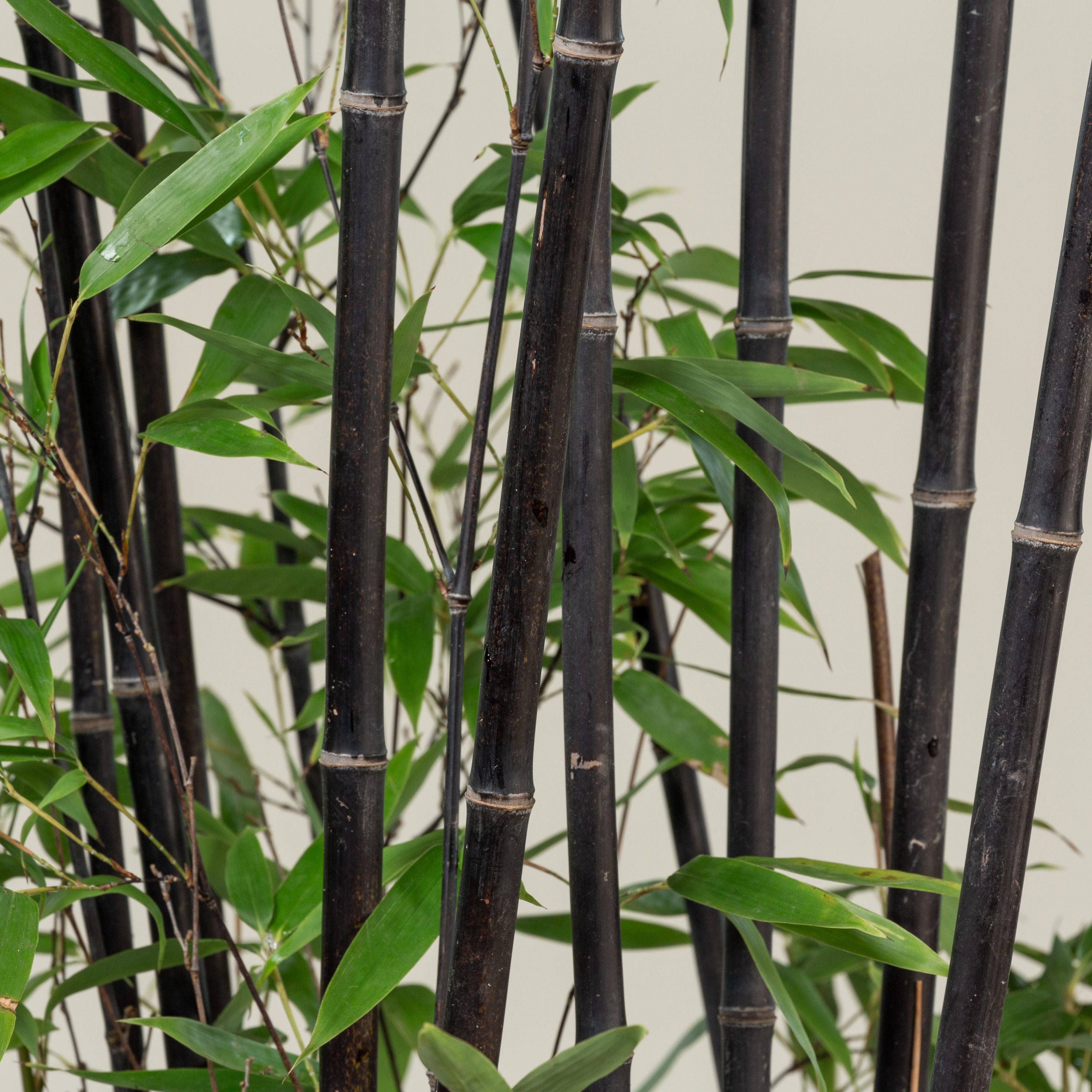
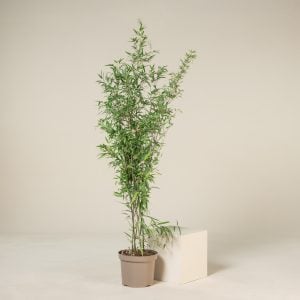
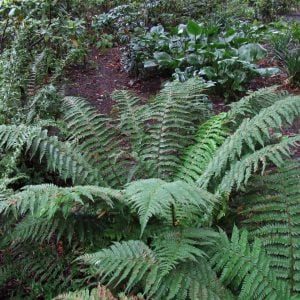
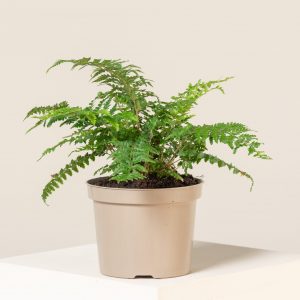
Reviews
There are no reviews yet.